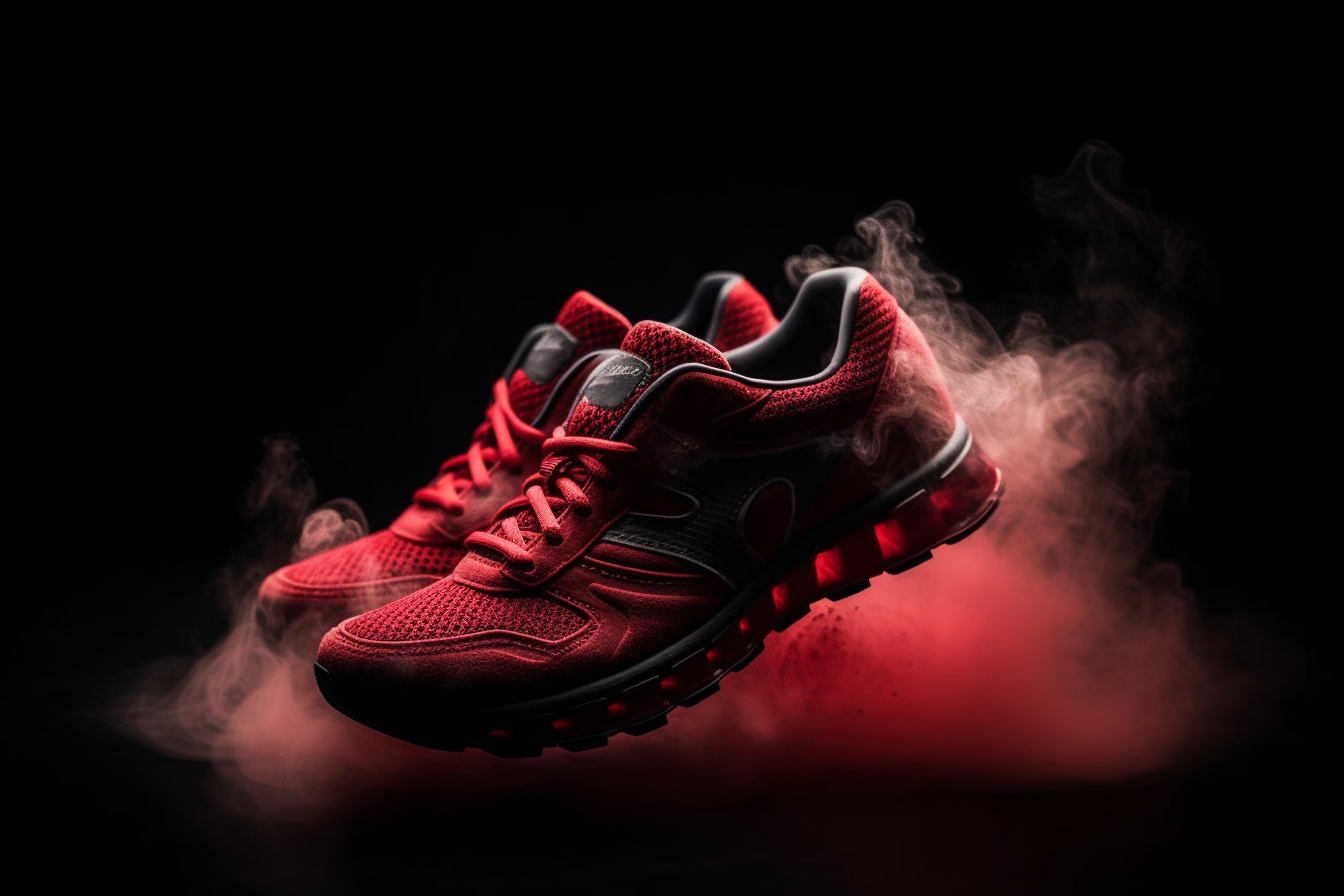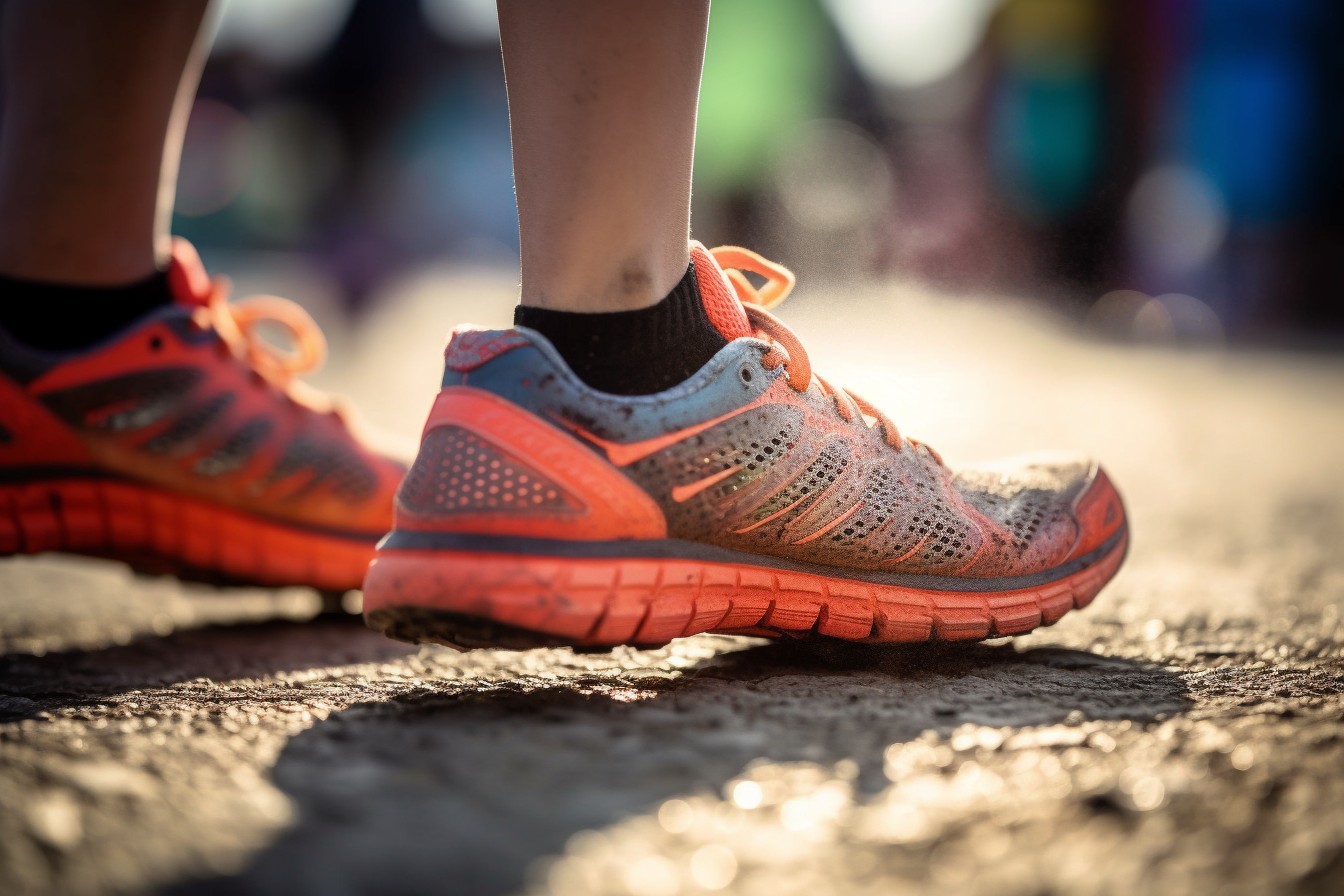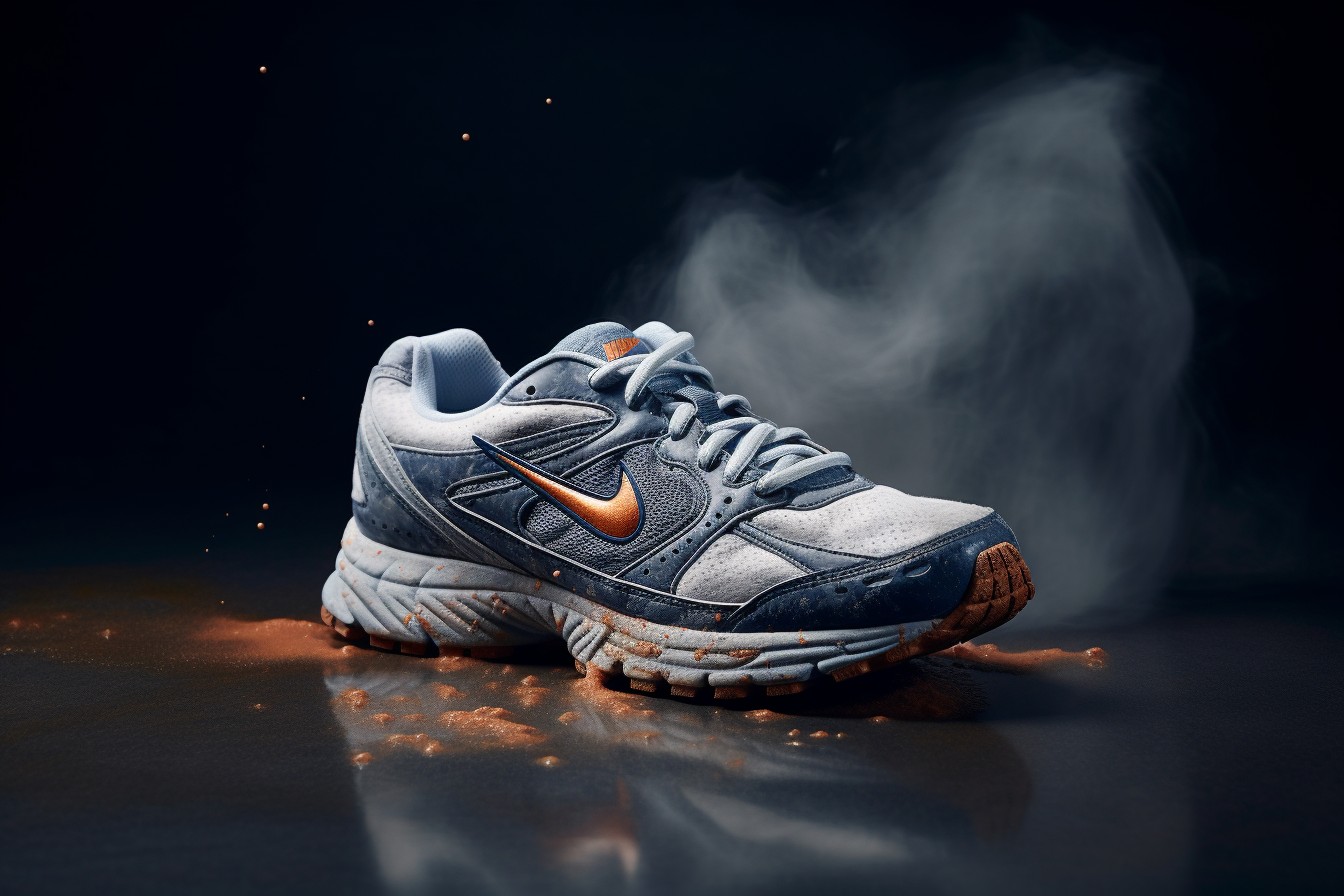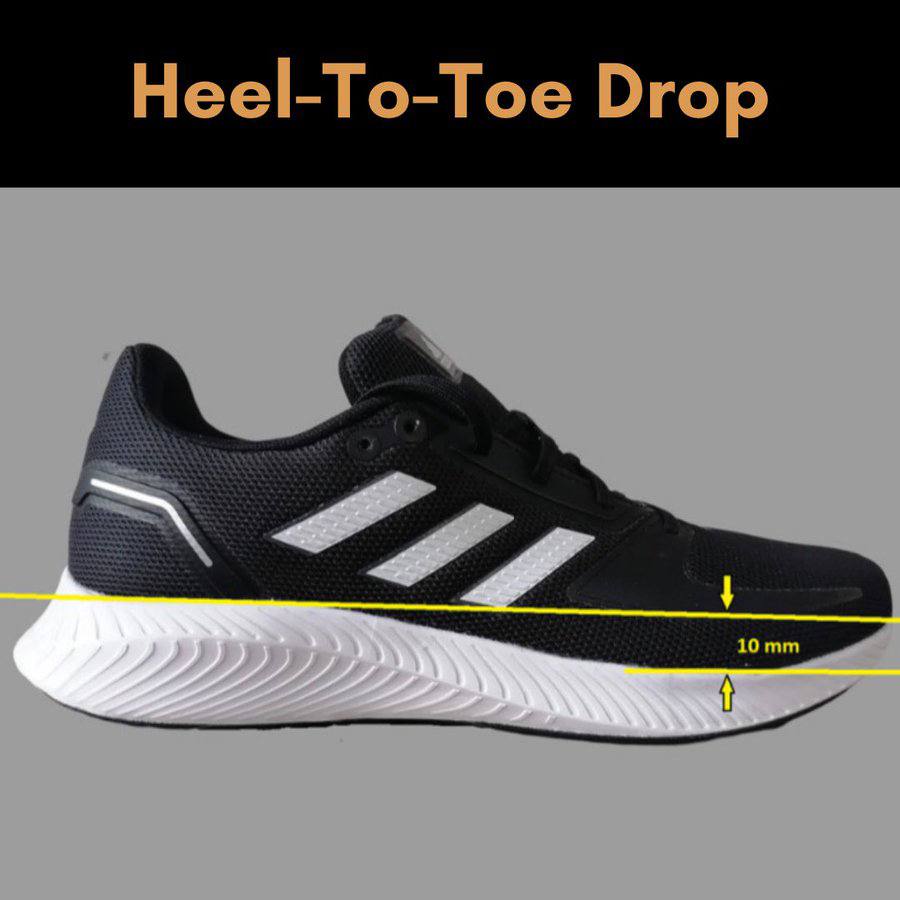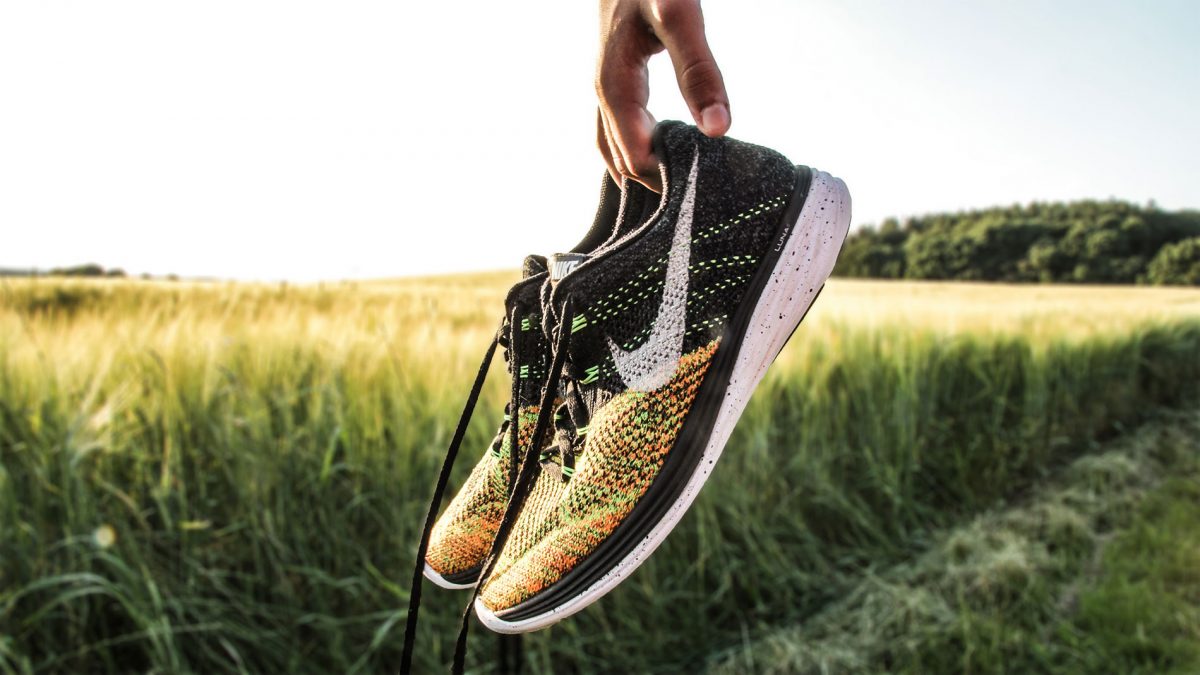Tag: shoes
-

Run Shoe Cushioning
There is a common belief that cushioned shoes protect runners from musculoskeletal stress and running injuries. Many people think that heavier runners should use shoes with more cushioning to prevent injuries. However, surprisingly, no study has demonstrated the positive impact of increased shoe cushioning on injury risk. In addition, the mechanisms that explain the potential…
-

Shoes vs Injuries
Introduction It is believed that shoe cushioning protects runners from repetitive stress on the musculoskeletal system and, consequently, from running injuries. It is commonly thought that heavier runners should use shoes with enhanced cushioning properties to prevent running injuries. Surprisingly, no study to date has demonstrated a positive effect of increased shoe cushioning properties on…
-

How Long Do Running Shoes Last? Tips for Extending Their Lifespan
Investing in Your Fitness When it comes to spending your hard-earned money, few investments can match the value of a good pair of running shoes. For a price ranging from $100 to $150 (although premium models might cost even more), you’re not just buying footwear; you’re making a commitment to your fitness and well-being over…
-

Shoe Drop and Its Effect on Running Biomechanics
There’s this idea floating around the running world that shoe drop – the height difference in the sole from the heel to the toe, also known as Heel-Toe Drop (HTD) – might play a role in how we run. But here’s the thing, man: running shoes come with a whole entourage of over 20 different…
-

Rotate your running shoes!
If you want to avoid injury while running, it is important to vary the shoes you use. Running in different models and styles will allow you to engage different muscles in your feet, which can help prevent overuse injuries. Additionally, it is important to give your running shoes time to decompress after each use. A…

